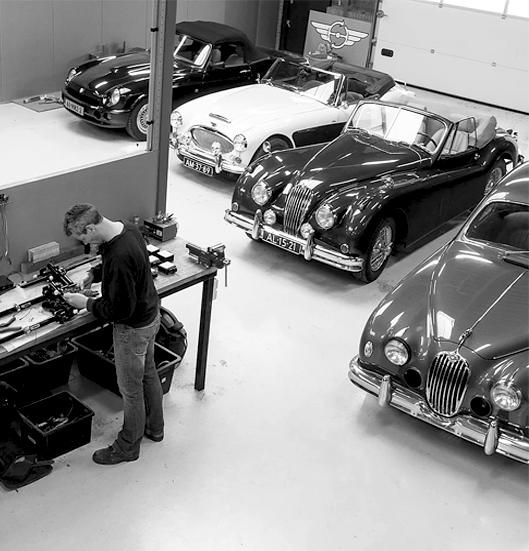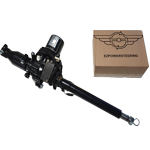- Home
- Car Brands
BRANDS
Select the car brand below for which you would like to see our products.
- Products
- Publications
- Testimonials
- FAQ
- Enquiry form
- Contact
Mazda
Mazda Motor Corporation, also known simply as Mazda, is a Japanese multinational automotive manufacturer headquartered in Fuchū, Hiroshima, Japan. The company was founded on January 30, 1920, as Toyo Cork Kogyo Co., Ltd., a cork-making factory, by Jujiro Matsuda. The company then acquired Abemaki Tree Cork Company. It changed its name to Toyo Kogyo Co., Ltd. in 1927 and started producing vehicles in 1931.
Mazda is known for its innovative technologies, such as the Wankel engine, the SkyActiv platform, and the Kodo Design language. It also has a long history of motorsport involvement, winning the 24 Hours of Le Mans in 1991 with the rotary-powered Mazda 787B
Mazda began as the Toyo Cork Kogyo Co., Ltd, as a cork-making factory founded in Hiroshima, Japan, January 30, 1920. Toyo Cork Kogyo renamed itself to Toyo Kogyo Co., Ltd. in 1927. In the late 1920s the company had to be saved from bankruptcy by Hiroshima Saving Bank and other business leaders in Hiroshima
In 1931, Toyo Kogyo moved from manufacturing machine tools to vehicles with the introduction of the Mazda-Go auto rickshaw. The name Mazda came into existence with the production of the company's first three-wheeled trucks. Other candidates for a model name included Sumera-Go, Tenshi-Go, and more.
The company's website mentions that the name derives from the name of the company's founder, Jujiro Matsuda. The alternative proposed names mean "god" (Sumera) and "angel" (Tenshi); both indicate Matsuda's strong interest in human faith.
The Mazda lettering was used in combination with the corporate emblem of Mitsubishi Motors, which was responsible for sales, to produce the Toyo Kogyo three-wheeled truck registered trademark.
Toyo Kogyo produced weapons for the Japanese military throughout the Second World War, most notably the series 30 through 35 Type 99 rifle. The company formally adopted the Mazda name in 1984, though every automobile sold from the beginning bore that name. The Mazda R360 was introduced in 1960, followed by the Mazda Carol in 1962 and were sold at a specific retail dealership that sold passenger cars called "Mazda Auto Store" whereas commercial products were sold at "Mazda Store".
>The Mazda R360 was manufactured and marketed by Mazda as the company's first passenger car — a two-door, four-seat coupé. Introduced in 1960, the R360 featured a 1,760 mm (69.3 in) wheelbase, weighed 380 kg (838 lb) and was powered by a rear-mounted air-cooled 356 cc V-twin engine producing 16 PS (12 kW)[1] and 22 N⋅m (16 lb⋅ft) of torque. The car was capable of 84 km/h (52 mph)[2] and featured a 4-speed manual or two-speed automatic transmission.[1] The suspension, front and rear, was rubber "springs" and torsion bar
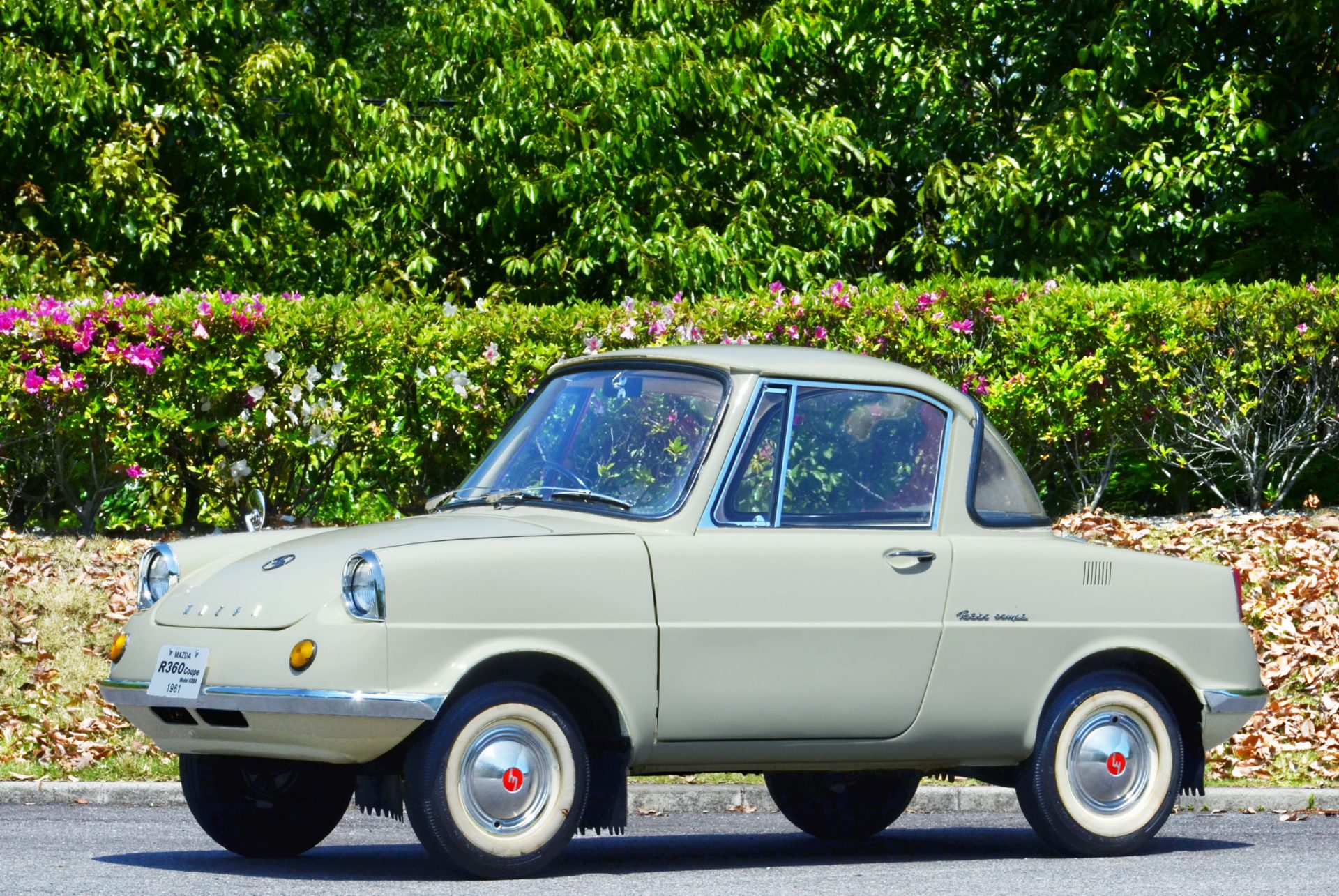
Mazda R360 Coupé
As Mazda continued to offer passenger cars like the Savanna, Familia, Luce, Cosmo and Capella, they were added to the "Mazda Auto Store" network only.
Beginning in the 1960s, Mazda was inspired by the NSU Ro 80 and decided to put a major engineering effort into development of the Wankel rotary engine as a way of differentiating itself from other Japanese auto companies. The company formed a business relationship with German company NSU and began with the limited-production Cosmo Sport of 1967, and continuing to the present day with the Pro Mazda Championship, Mazda has become the sole manufacturer of Wankel-type engines for the automotive market, mainly by way of attrition. (NSU and Citroën both gave up on the design during the 1970s, and prototype Corvette efforts by General Motors never made it to production.)
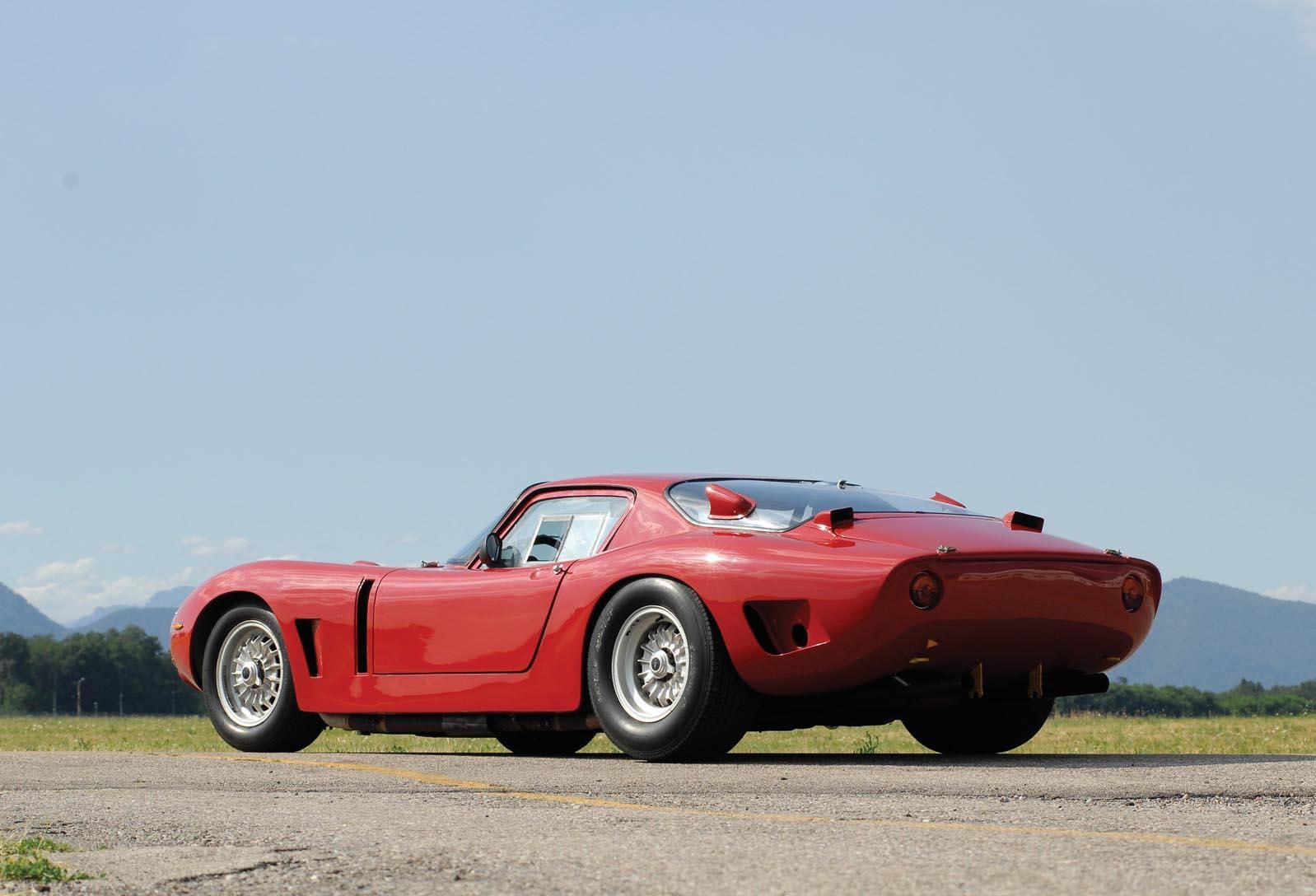
Cosmo sport
This effort to bring attention to itself apparently helped, as Mazda rapidly began to export its vehicles. Both piston-powered and rotary-powered models made their way around the world. The rotary models quickly became popular for their combination of good power and light weight when compared to piston-engined competitors that required heavier V6 or V8 engines to produce the same power. The R100 and the RX series (RX-2, RX-3, and RX-4) led the company's export efforts.
During 1968, Mazda started formal operations in Canada (MazdaCanada) although Mazdas were seen in Canada as early as 1959. In 1970, Mazda formally entered the American market (Mazda North American Operations) and was very successful there, going so far as to create the Mazda Rotary Pickup (based on the conventional piston-powered B-Series model) solely for North American buyers. To this day, Mazda remains the only automaker to have produced a Wankel-powered pickup truck. Additionally, it is also the only brand to have ever offered a rotary-powered bus (the Mazda Parkway, offered only in Japan) or station wagon (within the RX-3 and RX-4 lines for certain markets). After nine years of development, Mazda finally launched its new model in the U.S. in 1970.
Mazda's rotary success continued until the onset of the 1973 oil crisis. As American buyers (as well as those in other nations) quickly turned to vehicles with better fuel efficiency, the relatively thirsty rotary-powered models began to fall out of favor. Combined with being the least-efficient automaker in Japan (in terms of productivity), inability to adjust to excess inventory and over-reliance on the U.S. market, the company suffered a huge loss in 1975.[20][21] An already heavily indebted Toyo Kogyo was on the verge of bankruptcy and was only saved through the intervention of Sumitomo keiretsu group, namely Sumitomo Bank, and the company's subcontractors and distributors.[22][23] However, the company had not totally turned its back on piston engines, as it continued to produce a variety of four-cylinder models throughout the 1970s. The smaller Familia line in particular became very important to Mazda's worldwide sales after 1973, as did the somewhat larger Capella series.
Mazda refocused its efforts and made the rotary engine a choice for the sporting motorist rather than a mainstream powerplant. Starting with the lightweight RX-7 in 1978 and continuing with the modern RX-8, Mazda has continued its dedication to this unique powerplant. This switch in focus also resulted in the development of another lightweight sports car, the piston-powered Mazda MX-5 Miata (sold as the Eunos and later Mazda Roadster in Japan), inspired by the concept 'jinba ittai'. Introduced in 1989 to worldwide acclaim, the Roadster has been widely credited with reviving the concept of the small sports car after its decline in the late 1970s
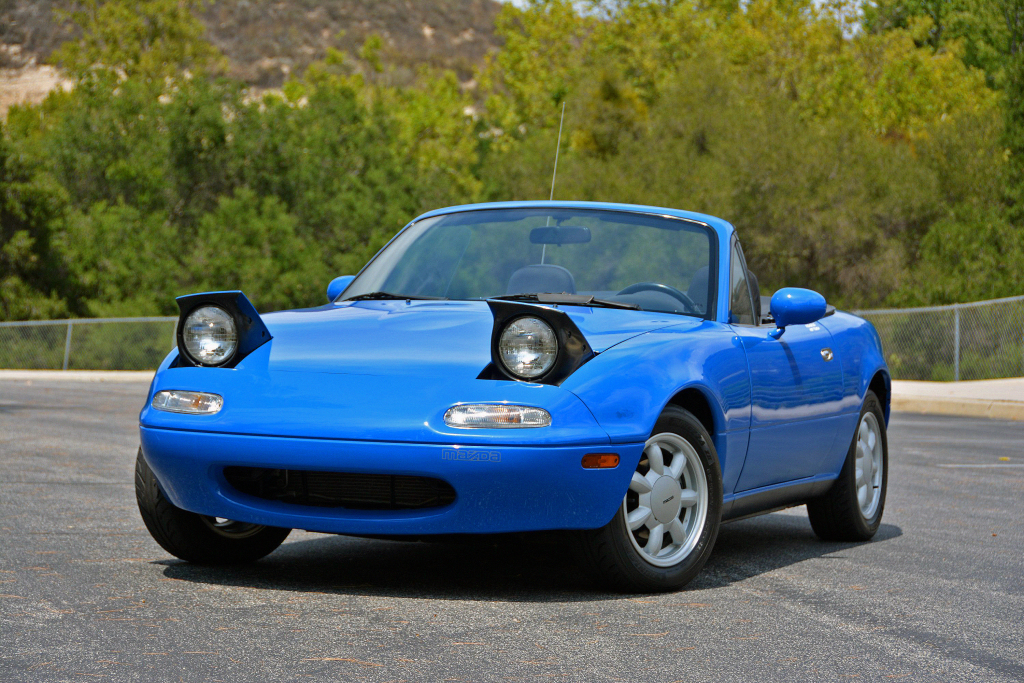
Mazda MX 5
Mazda is known for its innovative technologies, such as the Wankel engine, the SkyActiv platform, and the Kodo Design language. It also has a long history of motorsport involvement, winning the 24 Hours of Le Mans in 1991 with the rotary-powered Mazda 787B
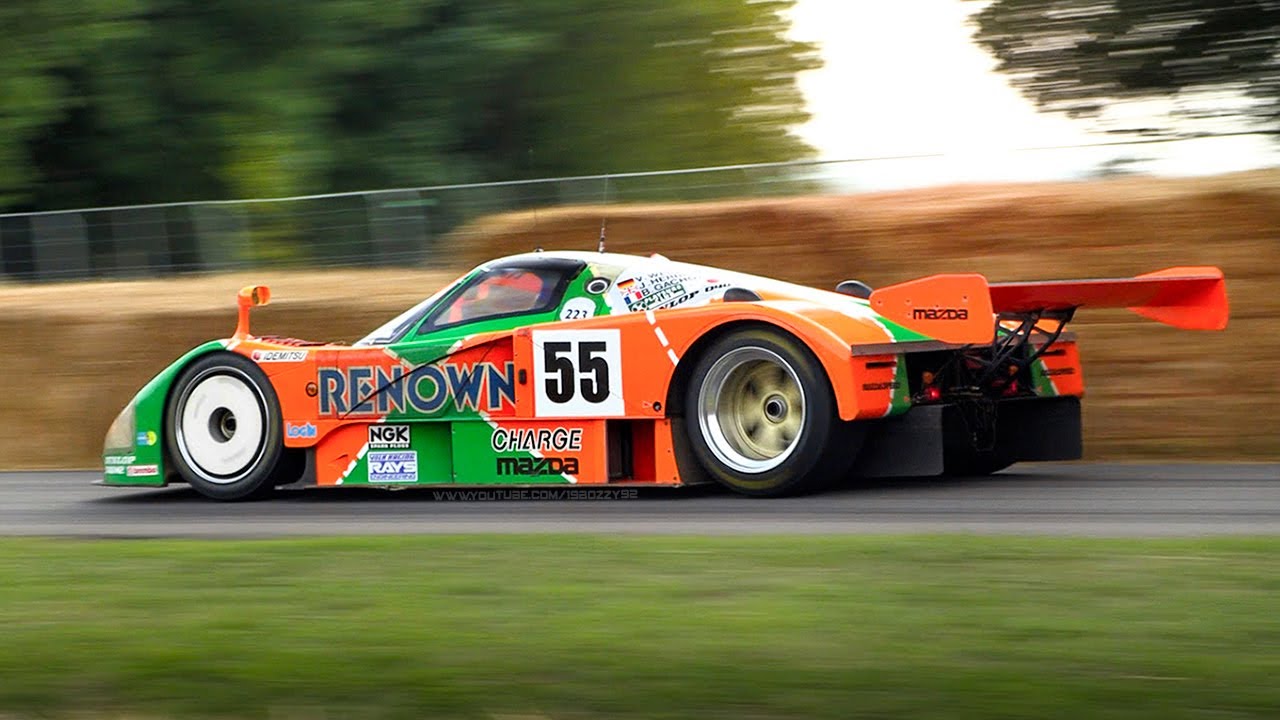
787B
- Home
- Car Brands
BRANDS
Select the car brand below for which you would like to see our products.
- Products
- Publications
- Testimonials
- FAQ
- Enquiry form
- Contact


